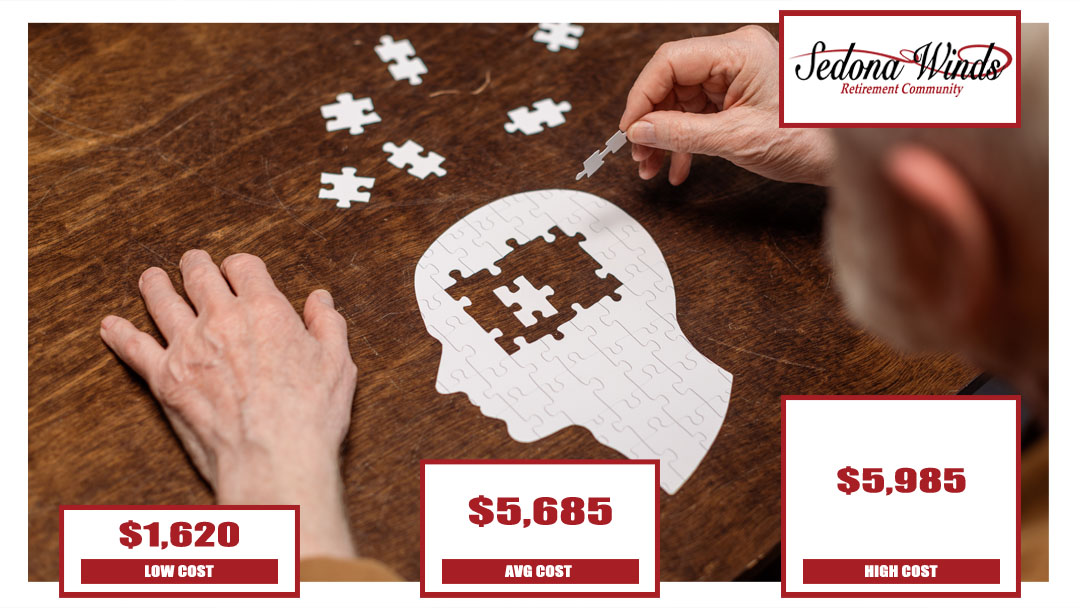Whenever a loved one begins struggling with daily tasks or dementia symptoms, it’s time to consider an alternative care option. This post will look at the similarities and differences between two care options, memory care and nursing home facilities.
What Is Memory Care?
Memory care is a unique type of long term care which has been designed to focus on certain requirements of those who have various memory problems such as dementia and Alzheimer’s. In choosing an option for memory care you might want to put a list together of the questions you should be asking that cover all the concerns regarding the care, safety, and comfort of your loved one.
There are questions that should be asked in order to locate the correct memory care facility for a loved one, questions regarding the costs, as well as what services are provided. Although communities of a Memory Care facility may offer numerous services, be certain that your loved one will be interested in a few of them. Should you be having thoughts of memory care for someone you love, then you should also understand that facilities for assisted living have communities that offer a separate floor/wing or their special memory care unit.
Then there is the option of an facilities that focus on independent memory care, it is important to remember that a memory care community consists of more specialized nursing skills, whereas, an assisted living community does not. Whether or not the memory care facility is in the same community and a part of the assisted living community, the cost is going to be higher.
It does not matter which you choose, an SCU or a memory care unit you should find out if the staff undergo any special training in helping those with dementia and/or impaired cognition. The services that are most common are: medical monitoring, daily assistance with personal tasks and etc., supervised care 24-hours a day, 7-days per week. Additionally, they have a pleasant environment and the community is easy to navigate around.
What Is A Nursing Home?
Aside from hospitals, nursing homes can be another good option to take care of seniors with dementia. Nursing homes will provide a high level of medical care for all patients. This care option can also treat anyone recovering from accidents, including broken bones, in addition to providing senior care.
Generally, each nursing home facility will feature a licensed physician to supervise the well-being of each and every patient. Most nursing homes will also have registered nurses on staff 24/7, with other medical professionals also in the facility.
When deciding a loved one needs to transition to a nursing home, you must make sure the facility can provide great medical care and support the needs of all patients.
Memory Care Cost
The average price for memory care in Sedona is $5,685 per month. Memory care ranges from $1,620 to $9,750 per month in 2022.
The average cost of memory care ranges from $1,620 to $9,750 a month or more. Costs are going vary subject to location, amenities, and care requirements. While many services such as meals, medication administration, and group activities are going to be included, other amenities are optional. As an example, residents can have accessibility to laundry services, meal outings, or beauty services, like barbershop or manicures, but those could cost extra.

Nursing Home Cost
The median monthly cost of a state-owned nursing home is $7,513, according to TheBeckinridge. Meanwhile, a privately-owned nursing home costs an average of $8,517 per month.
Nursing home prices will vary based on ownership. State-owned nursing homes will not be as expensive as privately-owned facilities.
Memory Care Vs Nursing Home Considerations
When you begin searching for the right care facility, you’ll come up with your own list of the best choices. When possible, it’s significant to take the time and tour each community. Ask question regarding that staff as well as the families of the other residents staying in the facility, this helps in determining whether or not that facility is the right place for your loved one.
Use the following questions while searching for the right one:
- Does the community offer the level of care you want for your loved one?
- Do they offer private or semi-private rooms? What’s the difference in the price for each?
- How much do they charge for their monthly rates on housing, including care? What different kinds of services are included in that rate?
- Has the staff had training? If so, what kind of training have they had?
- In your opinion, what can the residents look forward to for their level of personal assistance?
- What are the procedures and policies on handling sudden medical emergencies?
- How do they go about letting families know of resident’s well-being?
- Do they provide meals? I so, which meals do they provide? Will they be accommodating if special dietary requests are made (like kosher meals)?
- Do they provide housekeeping and laundry services? If so, how often?
- Is this facility accommodating to the needs of special care residents, such as problems with mobility, those who get aggressive physically, those who wander off, and those who are in need of diabetic care?
- What are the different programs offered by the facility (such as physical therapy, exercises, and socially), among others?
- Does the facility group their residents by cognitive level?
- How many staff members do they have in ratio to the number of residents throughout the daytime hours? How many throughout the night hours?
- What measures are taken to make certain the residents are safe and secure?
- What kind of discharge policies do they have?
Assisted Living In Sedona AZ
Sedona Winds Retirement Community offers independent, assisted and memory care services in Sedona, Arizona, can help! Call us today at (928) 496-6547 and learn more about our facility and what we have to offer today’s seniors.
More Articles About Assisted Living







